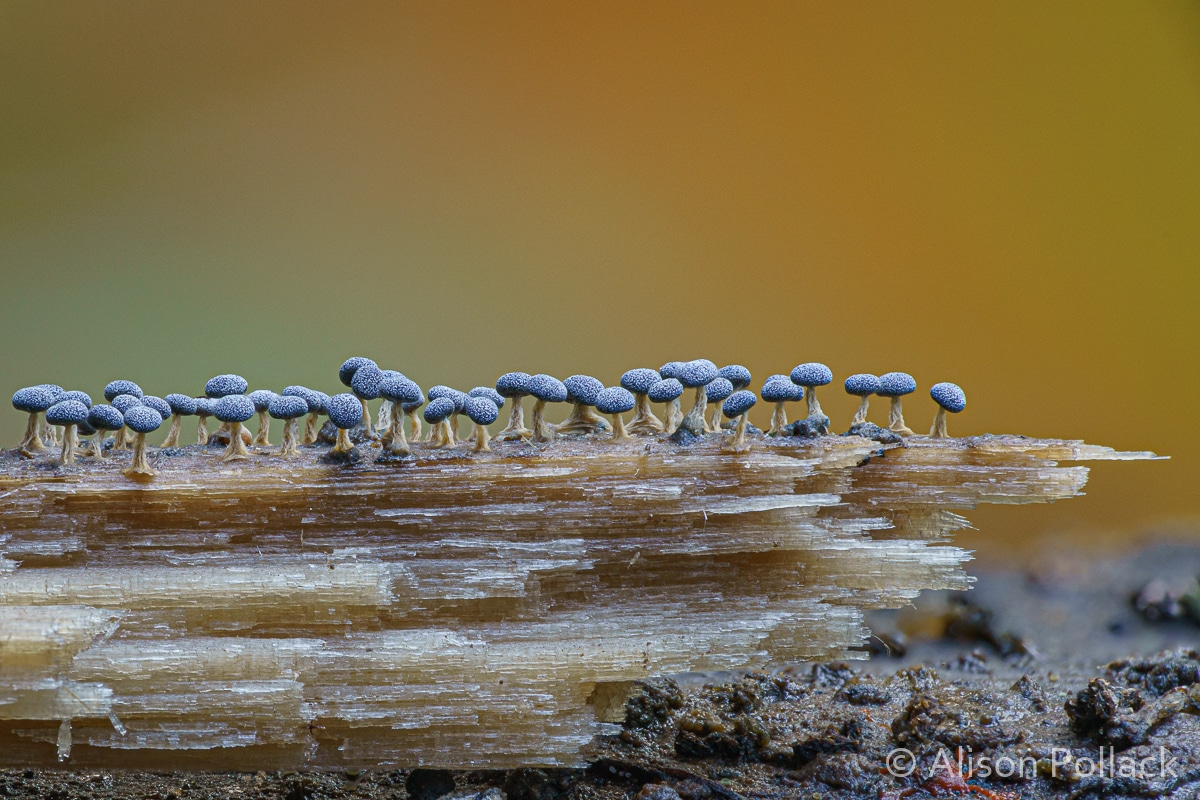Core Concepts
Slime molds, despite their simple structure, exhibit remarkable abilities such as problem-solving and adaptability, challenging traditional concepts of species and individuality.
Abstract
Slime molds, like Fuligo septica, are intriguing organisms that transition from microscopic amoebas to vibrant fruiting bodies. They belong to the Physaraceae family and have unique life cycles involving spores and amoebas. These creatures challenge taxonomical classifications with their adaptability and problem-solving skills. Slime molds have survived for billions of years through cryptobiosis and continue to teach us about interconnectedness in the natural world.
Customize Summary
Rewrite with AI
Generate Citations
Translate Source
To Another Language
Generate MindMap
from source content
Visit Source
orionmagazine.org
Orion Magazine - What Slime Knows
Stats
Myxomycetes begin their lives as spores.
Physarum polycephalum has 720 sexual configurations.
Slime molds can enter stasis for extended periods.
Scientists found a fossilized Stemonitis slime mold dating back 100 million years.
Quotes
"Superiority is not an inherent reality of the natural world."
"Slime mold might not have evolved much in the past two billion years, but it has learned a few things."
"We are made by, and for, one another."
Key Insights Distilled From
by David Brumle... at orionmagazine.org 02-21-2024
https://orionmagazine.org/article/what-slime-knows/
Deeper Inquiries
How does the existence of slime molds challenge traditional taxonomical classifications?
The existence of slime molds challenges traditional taxonomical classifications in several ways. Firstly, slime molds blur the boundaries between different taxonomic categories due to their unique life cycle and characteristics. Unlike typical organisms that fit neatly into kingdoms or phyla, slime molds transition through various stages where they exist as single cells but can also form complex multicellular structures. This challenges the idea of discrete species and highlights the interconnectedness of all life forms.
Additionally, slime molds exhibit behaviors and capabilities that defy conventional classification systems. For example, they can solve mazes, learn patterns, keep time, and even recall past experiences despite lacking a central nervous system or brain. These abilities raise questions about how we define intelligence and complexity in organisms and challenge our understanding of what it means to be a distinct species within the natural world.
How can slime molds' survival strategies inform our approach to environmental challenges?
Slime molds' survival strategies offer valuable insights that can inform our approach to environmental challenges. One key strategy is cryptobiosis, where slime molds exchange water for sugars to enter a state of stasis until conditions are more favorable for life. This ability allows them to survive harsh environments such as extreme temperatures or droughts by essentially pausing their metabolic processes until conditions improve.
By studying how slime molds adapt and persist in challenging conditions, we can learn valuable lessons about resilience and adaptation in the face of environmental changes. Their capacity for dormancy suggests potential strategies for conservation efforts or mitigating the impacts of climate change on vulnerable ecosystems. Understanding these survival mechanisms could inspire innovative solutions for protecting biodiversity and promoting ecosystem health in an ever-changing world.
What implications does the study of slime molds have on our understanding of interconnectedness in nature?
The study of slime molds has profound implications for our understanding of interconnectedness in nature. Slime molds exemplify symbiotic relationships with other organisms like bacteria and fungi as they play crucial roles in nutrient cycling and decomposition processes within ecosystems. By forming intricate networks underground through mycelium-like structures, they facilitate communication between plants while aiding in soil health.
Moreover, slime mold's ability to fuse back together after being fragmented demonstrates a level of cooperation and shared knowledge among individual cells that challenges notions of individuality prevalent in traditional biological thinking. This cooperative behavior underscores how all living beings are interconnected within complex webs of relationships where each organism contributes to the functioning and balance of ecosystems.
Studying slime mold interactions sheds light on the importance of biodiversity conservation efforts as every species plays a role in maintaining ecological stability through interdependence with others. It emphasizes that no organism exists independently but rather as part of a larger network where each component influences and relies on others for its survival.
0
